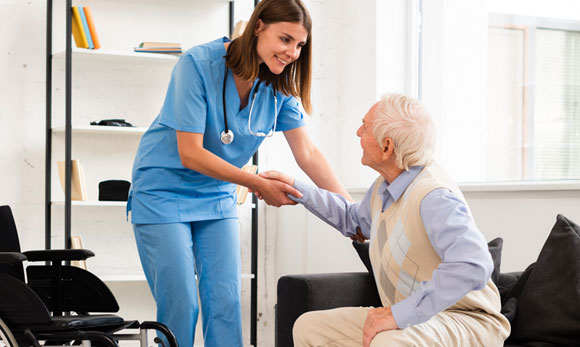Heat Illness- Fun in the Sun

Heat Illness- Fun in the Sun
Summer is here! With that people of all ages will increase their outdoor activities, at times throwing caution to the wind. We will go on family outings, camping, outdoor walks, enjoy bbq’s and many other summer time festivities and events. However, it is highly important that we understand the health dangers that excessive heat exposure presents to us. Everyone’s toleration level to heat is different (with some constants), but I would like to focus on the dangers of the heat. Those most likely to suffer from heat related illness’s are young children, the elderly, the poor and those with medical conditions (known and unknown).
Annually, roughly 200 people die from heat related illness’s that could have been prevented. With a little applied knowledge many tragedies can be avoided and the summer can be thoroughly enjoyed. When we mention heat related illness’s there are 4 identified illness’s that we reference. Heat cramps, heat exhaustion, and heat stroke with the potential of experiencing heat syncope. What are these and their symptoms?
Heat Cramps:
– are muscle spasms that result from loss of large amount of salt and water through exercise. Heat cramps are associated with cramping in the abdomen, arms, and calves. Usually an inadequate intake of fluids or electrolytes. They usually present with signs and symptoms at night or when you are relaxing. Although painful heat cramps are the lease dangerous and usually do not pose any permanent damage, unlike heat exhaustion and heat stroke. However, some medical conditions can and will exacerbate all heat related illness’s.
Heat exhaustion:
– heat exhaustion, on the other hand, is a milder form of illness which can occur after a few days of exposure to high heat without replenishing fluids. Signs include heavy sweating, paleness, muscles cramps, fatigue, weakness, dizziness, headache, nausea and vomiting and fainting. The person may have a fast and weak pulse as well as breathing, and the skin may be cool and moist. If you see someone experiencing heat exhaustion, make sure they cool off through rest and by drinking cool, nonalcoholic beverages. Also, stay in colder area. Seek medical help if symptoms worsen or persist over an hour.
Heat Syncope:
– or fainting is a mild form of heat illness that often results from physical exertion when it is hot. It occurs when your body, in an effort to cool itself, causes the blood vessels to dilate to such an extent that blood flow to the brain is reduced. If you experience this contact medical personnel.
Heat Stroke:
– is a condition in which the body cannot regulate its own temperature, a person has passed heat cramps and exhaustion and is now in real trouble, and may lead to death or permanent disability. Symptoms include a high body temperature above 103 degrees, dizziness, nausea, confusion and unconsciousness. People may also have red, hot and dry skin with no sweating and a rapid pulse. They could also have a painful headache. If someone is experiencing heat stroke, get them to a shady area and help cool them with whatever methods you know including putting them in a tub of cool water or a cold shower. Try to get their body temperature to drop to 102 or 101 degrees. Do not give the person something to drink, and contact medical personnel as fast as possible.
If you or someone experiences any heat related symptoms you should immediately contact emergency medical personnel and try to move to a cool shaded area.
Methods to prevent heat illness’s.
- Minimize sun time- try to smartly manage the time in the sun, seek shade often, go indoors for shelter and relief, and utilize sunscreens.
- Air conditioning- try to use modern creature comforts such as air conditioning. Look for air conditioned environments
- Hydration- on average you should strive to drink eight glasses of water a day. If your exertion is high then you should increase this amount. Tepid or room temp water is best for you although the ice cold water feels great it actually increases the body temp through using energy to warm the water up.
- Dress/Attire- wear loose fitting clothing, wear hats and caps that cast a shade on you, light weight clothing is also a good idea. It will allow for your body to breathe and not trap as much heat inside your clothing.
- Caffeine- caffeine, energy drinks and supplements are known to increase the likely hood of heat related illness’s. Try to minimize or replace these drinks with water. If you must have a flavor of sorts you can add lemon, lime, or mint to your water for a little zest.
Disclaimer: This article is intended as a friendly reminder of the dangers of heat and not medical advise, direction or prescription of any sort. Please refer to professional services for any health related questions, concerns and relief.

Contact us
Reach Us
Our dedication to caring for our clients is more than just a job. “It’s a way of life.” Let us help you maintain your independence today!
4751 Best Road Ste 400B College Park GA, 30337
Phone: (770) 808 6070
Fax: (770) 679 8593






